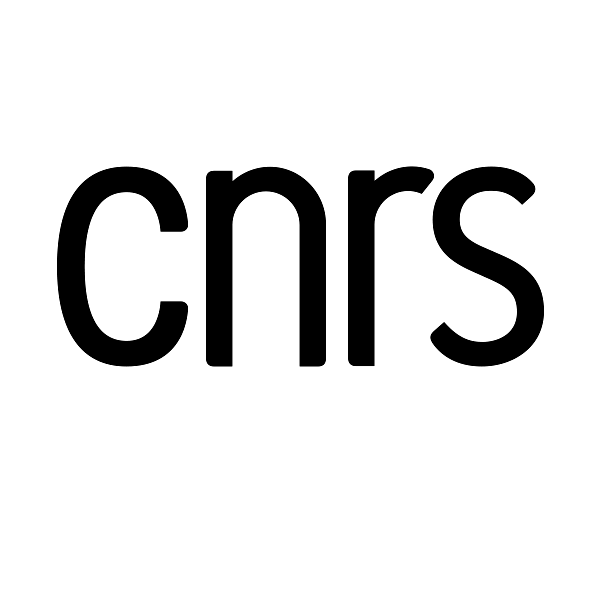Le 28 juin 2017
de 11h30 à 12h00
Le Patio (université de Strasbourg)
22 rue René Descartes, 67000 Strasbourg
amphithéâtre 5
Séance - Opposing Opposites in America: Babbitt and Reich
Pré-acte / Acte
Auteur : Joshua Mailman
Musicologists such as Gloag, Taruskin, and Chau characterize serialism as deterministic and coldly “objective.” Yet Babbitt’s serial music often sounds spontaneous, quirky, and charmingly oddball. Furthermore Dubiel, Mead, and others show Babbitt’s precompositional structures only predetermine his surfaces in a relatively limited sense. This has been overlooked, being not the main focus of Dubiel, Mead, and others, who instead emphasize internal coherence of Babbitt’s compositions.
This paper reorients our thinking on Babbitt’s music away from predetermined structures, toward an alternative that reflects its quirky qualities. This involves (1) explaining partially ordered sets (posets) as the true basis of Babbitt’s precompositional structures; (2) mathematically modeling the linear indeterminacy of posets of pitch class (pc) aggregates, serving as a basic structural unit; (3) demonstrating surprising flexibilities of ordering enabled by posets (hundreds of thousands of possibilities!); (4) portraying surface arrangements of pcs as “improvisation,” in the sense George Lewis proposes, quoting philosopher Gilbert Ryle; (5) recomposing part of Babbitt’s Composition for Four to reveal a jazzy melody based on the same precompositional unit (poset); (6) revealing how Babbitt “improvisationally” forges motivic connections between surface and structure by exploiting opportunities enabled by the structure’s partial ordering. The connections are based on interval classes (in Semi-Simple Variations) and major and minor triads (in Whirled Series).
Custom-made computer graphics illustrate the flexibilities of partial orderings and a hypothetical musical instrument is proposed and audio-visually illustrated to suggest how one could literally improvise (in a live performance) using a Babbitt partial ordering structure.








